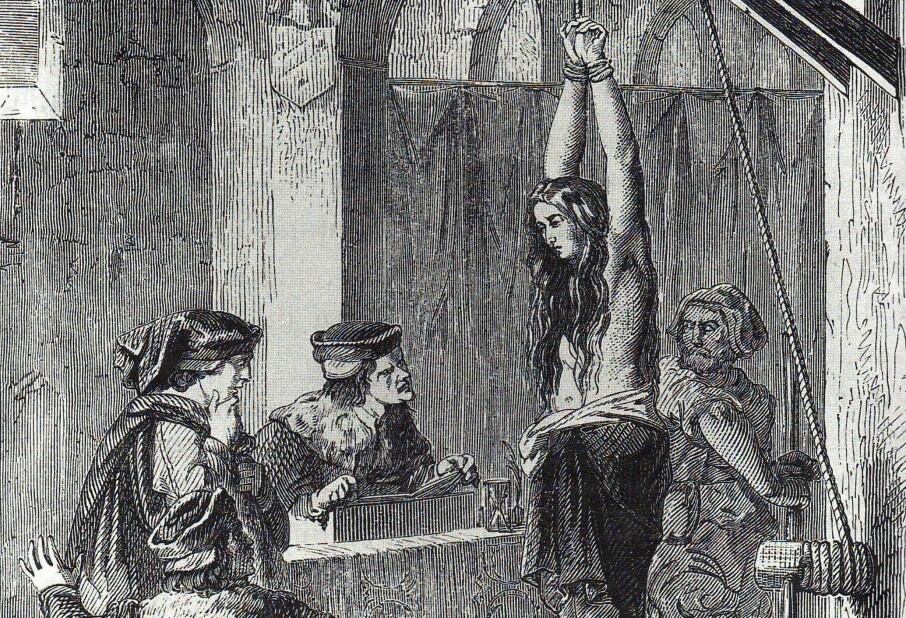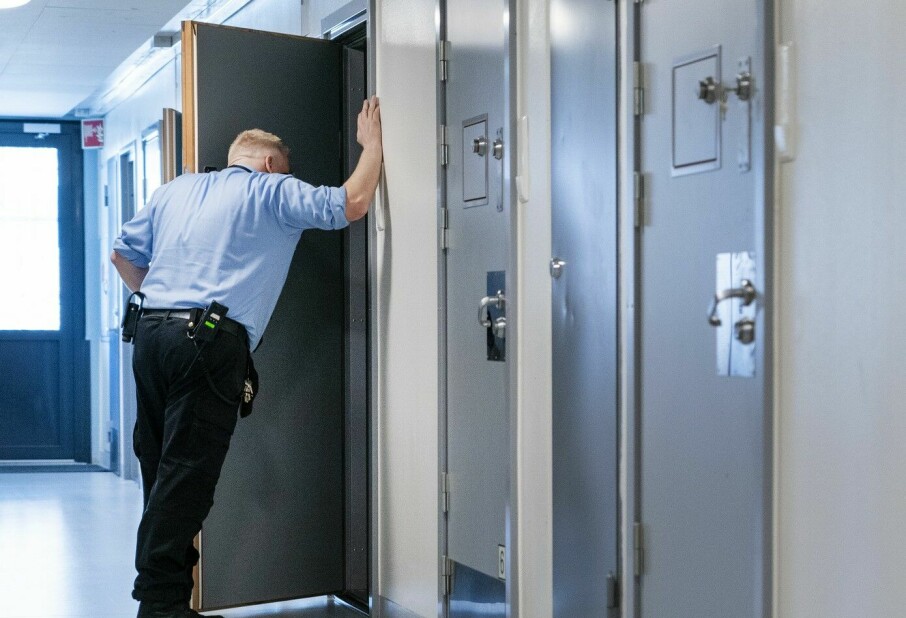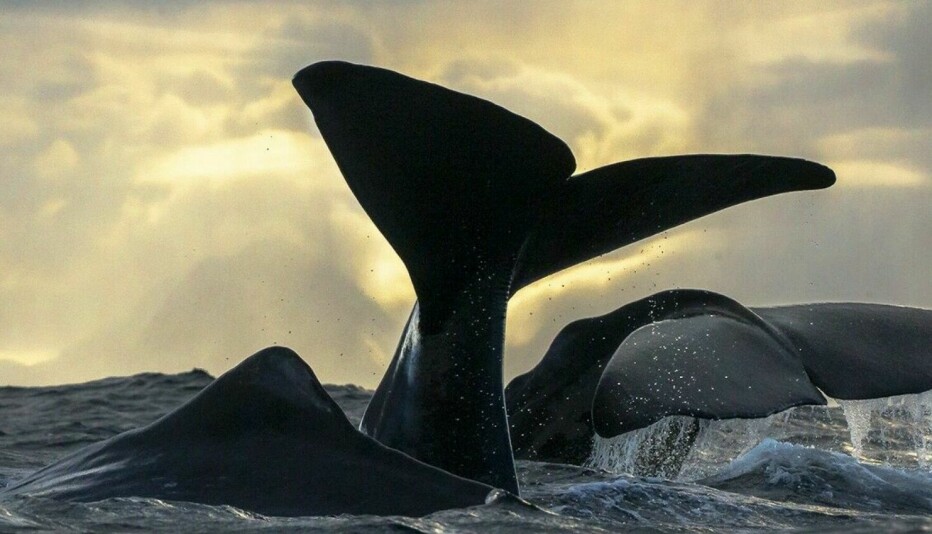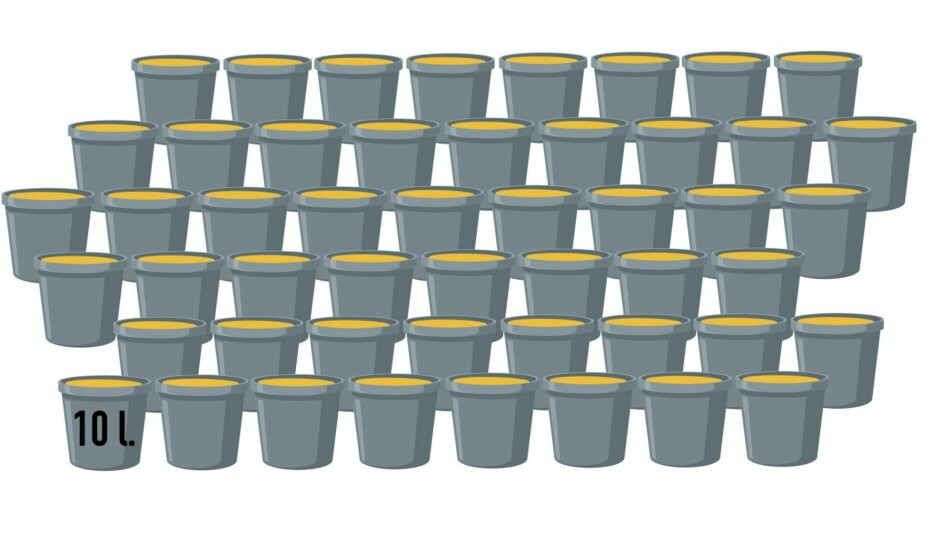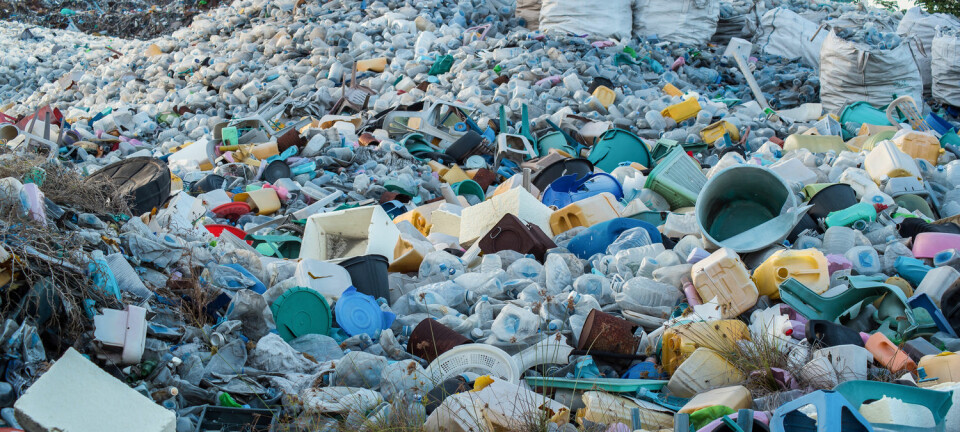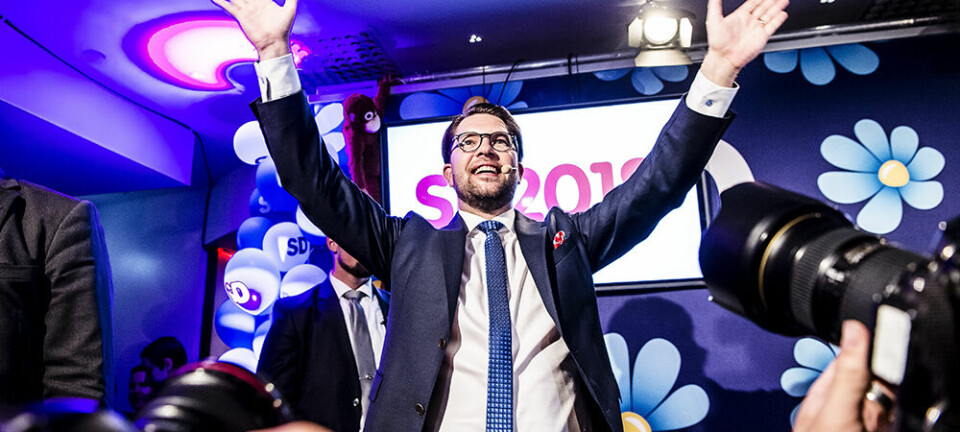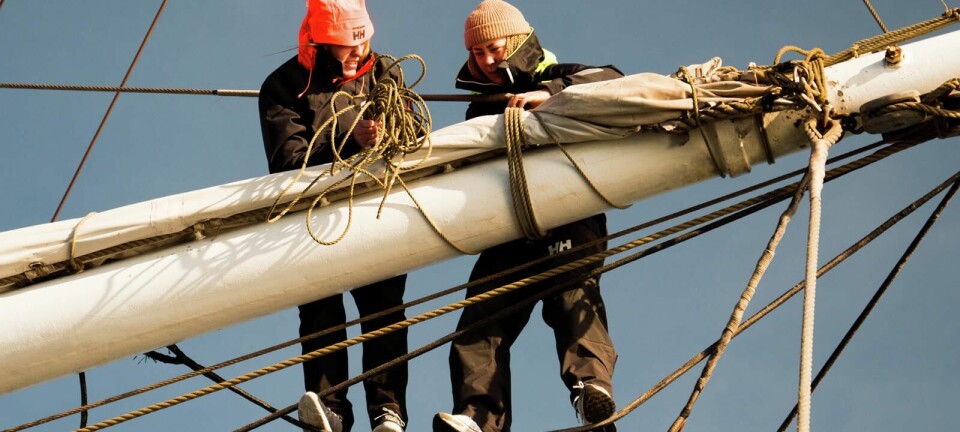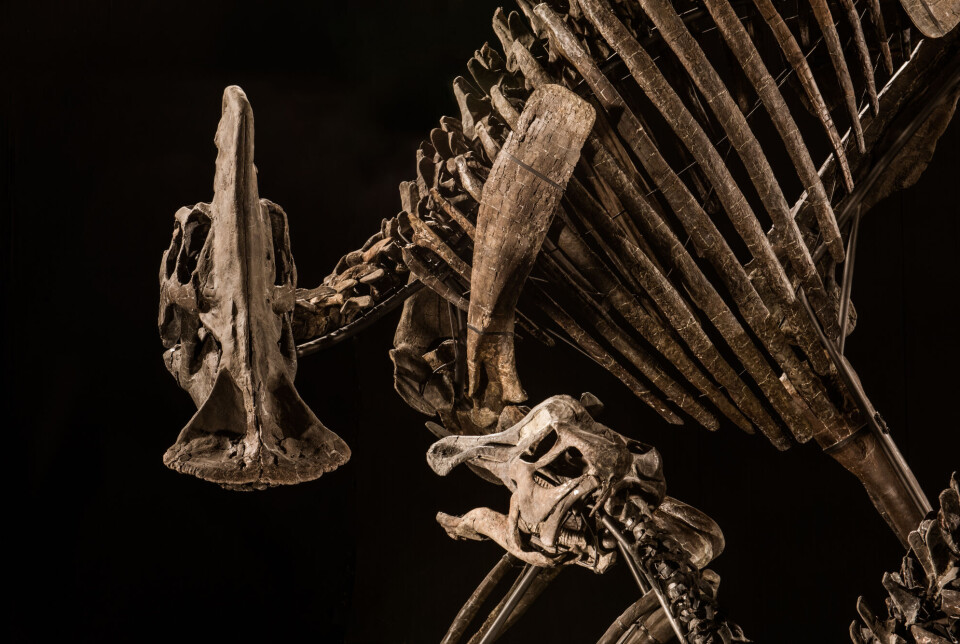
Norway will get its first real, complete dinosaur skeleton next year
The duck-billed dinosaur Zelda will be permanently displayed at the Natural History Museum in Oslo.
“The Christmas present of the year. This is huge,” Professor Jørn H. Hurum in palaeontology at the Natural History Museum tells Norwegian News Agency NTB.
The museum has several complete dinosaur skeletons, but they are not real, just replicas. A few years ago, they acquired a real Triceratops skull, the dinosaur with the three large horns.
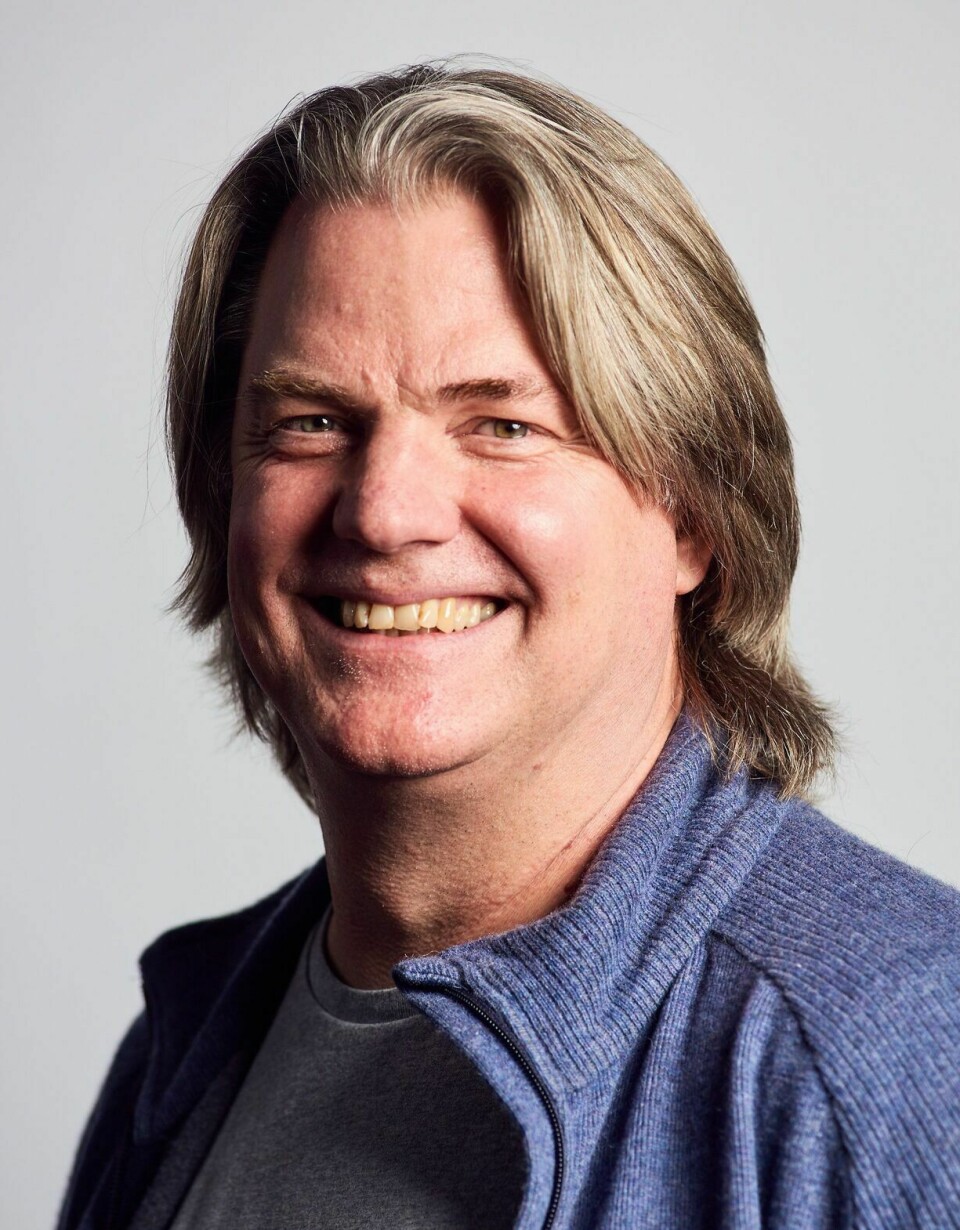
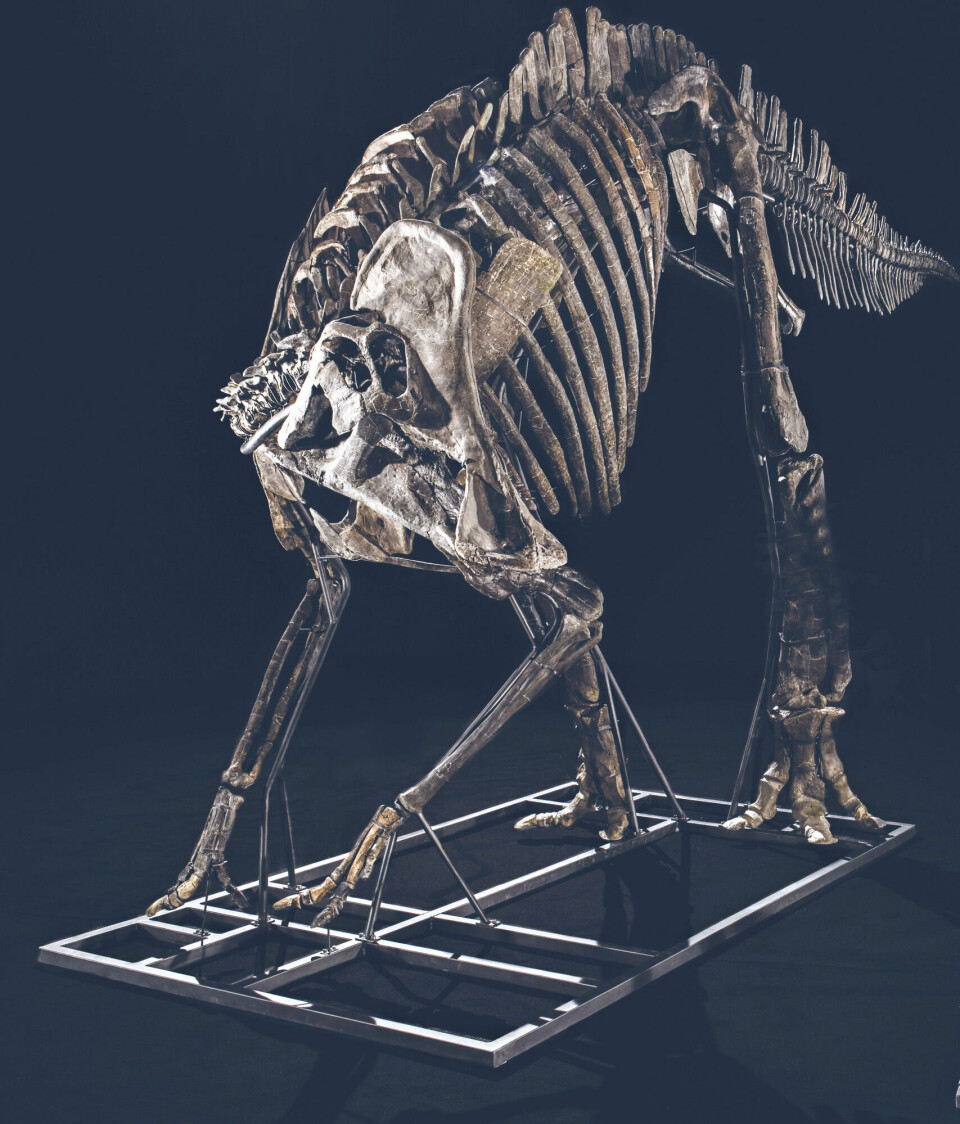
Norway will now get its first real, complete dinosaur skeleton. Sparebankstiftelsen DNB has paid 900,000 euros for the skeleton, equivalent to NOK 10.6 million. They own the skeleton, which will be permanently displayed at the Natural History Museum, from this summer.
“A dinosaur is one of the most spectacular things you can experience at a natural history museum. We hope it will inspire more children and young people to learn more,” says André Støylen, director of Sparebankstiftelsen DNB.
For sale in Paris
Sparebankstiftelsen contacted Hurum to inquire about what type of dinosaur the museum wanted. Dinosaur skeletons are regularly for sale worldwide and are often sold for staggering sums.
“So I called some dinosaur dealers I knew, and this one stood out,” Hurum says.
Originally put up for sale in Paris in 2019, Zelda’s auction coincided wih the Notre-Dame fire. As a result, the sale did not happen. It has been stored away ever since, and is now set to be exhibited in Oslo.
“We were interested in getting a large herbivore. We already have a replica of the Tyrannosaurus rex Stan. We will never be able to buy the original of it. Stan is the world's most expensive dinosaur skeleton and recently ended up in Abu Dhabi,” Hurum says.
‘Near the highest lizard’
Zelda is a dinosaur species with the Latin name Hypacrosaurus stebingeri. It could reach a length of 7.5 metres. The species' name means ‘near the highest lizard’, a name it got because it was almost as big as Tyrannosaurus rex.
“This is one of the dinosaurs we know best. They have these strange snouts,” Hurum says. “They probably had cheecks and could chew their food – almost like a cow.”
Like birds that nest on steep cliffs, Hypacrosaurus had its unique nesting areas, he explains.
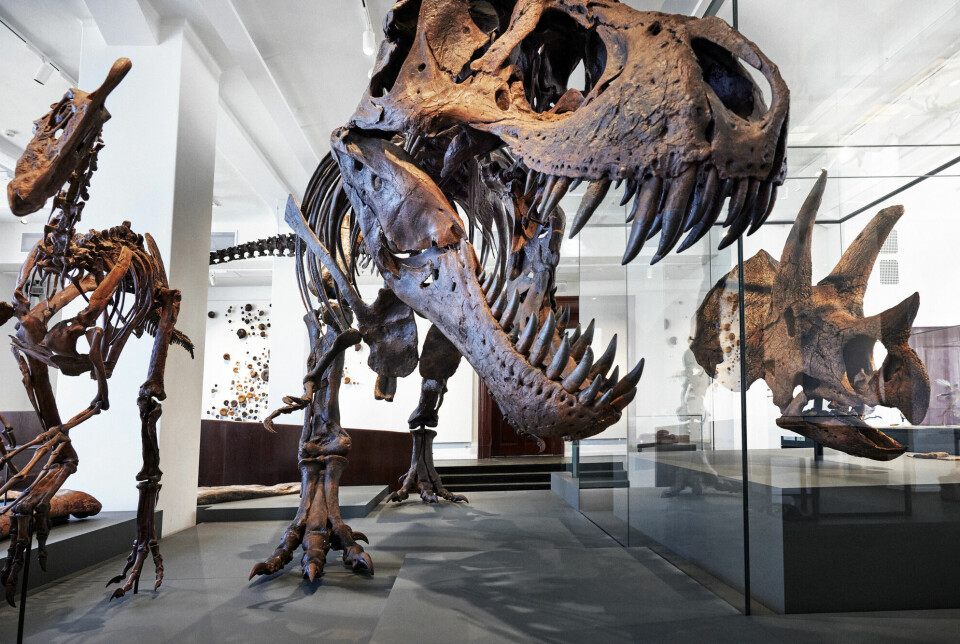
“There’s a place in Montana called Egg Mountain, which was simply a dinosaur mountain. There, these dinosaurs returned to the same area in herds to lay eggs – year after year,” Hurum says.
To investigate cause of death
About 75 million years ago, Zelda roamed around in a semi-arid landscape characterised by rivers and deltas in what is today the state of Montana in the USA. The skeleton was excavated in an indigenous reserve about 20 years ago.
Exactly what this dinosaur died of is unknown, explains Hurum.
“I haven't seen any reports that gnaw marks or fractures have been found in any bones, so we'll see when it arrives. There’s a chance, if we’re lucky, that we might discover some clues. But usually, it’s difficult to determine the cause of death,” he says.
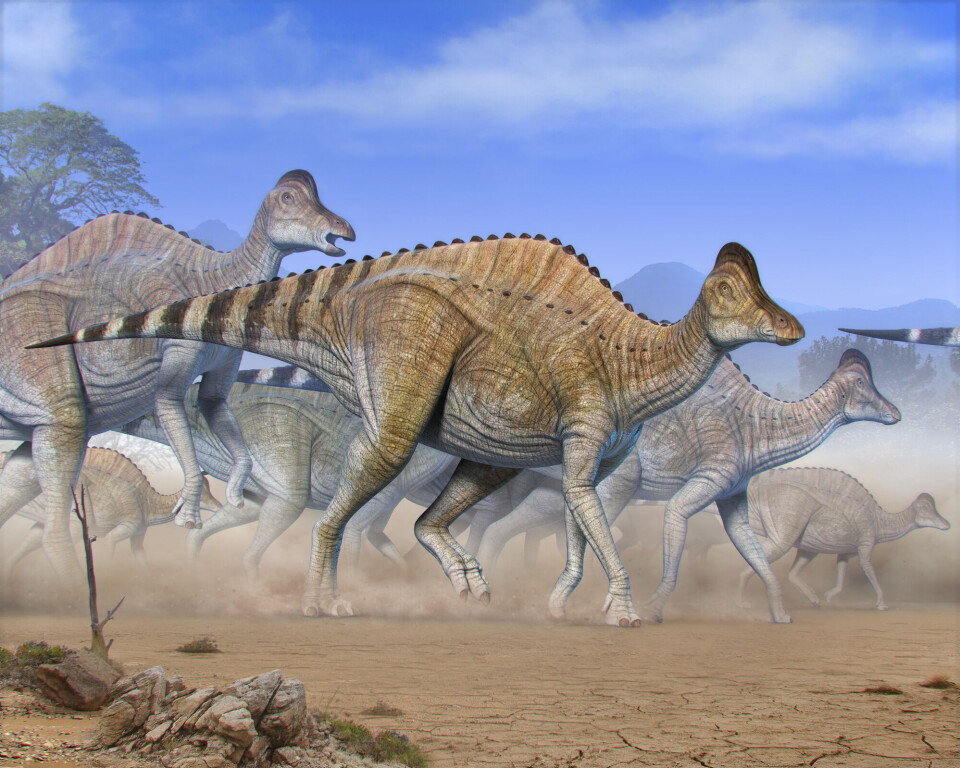
Why the skeleton was named Zelda is also uncertain, he adds. The dinosaur is now in Italy, where it has been assembled by experts. They have made a steel skeleton that will support the fossil bones. The dinosaur will be packed in boxes and sent to Norway at the end of January.
“Then we’ll do some remodelling. We currently don't have space for it in the museum, so we need to arrange that. We hope that it can be exhibited by the summer, so it will be an enjoyable summer,” Hurum says.
———
Translated by Alette Bjordal Gjellesvik
Read the Norwegian version of this article on forskning.no










